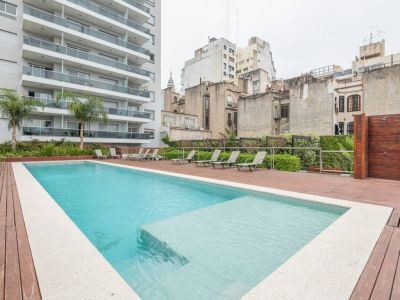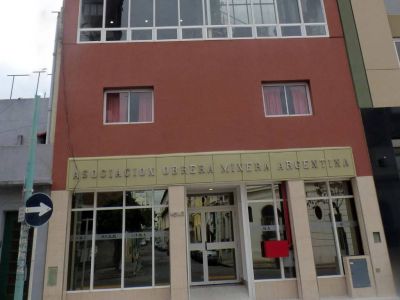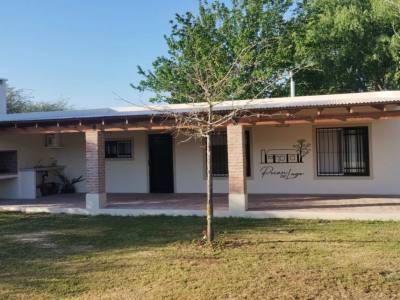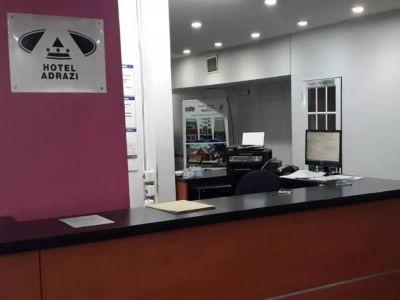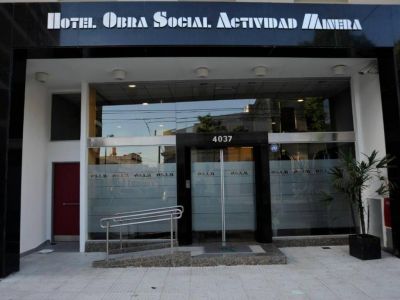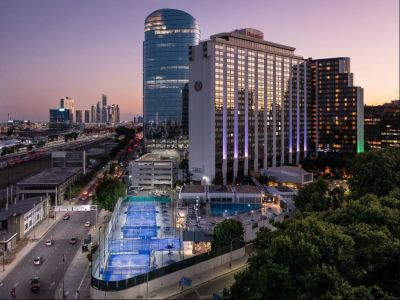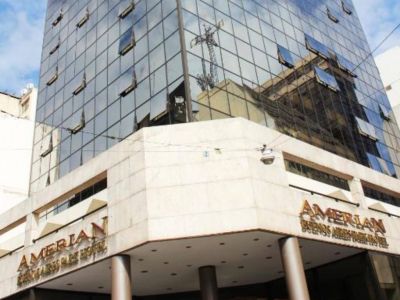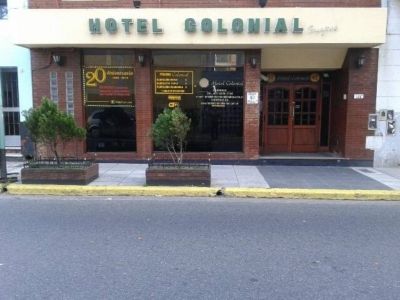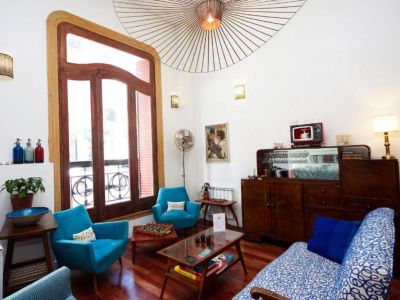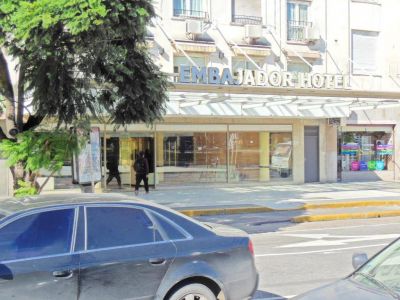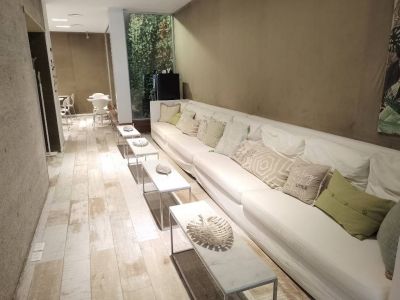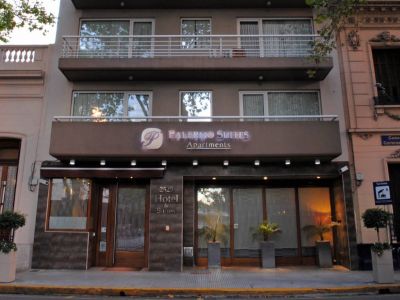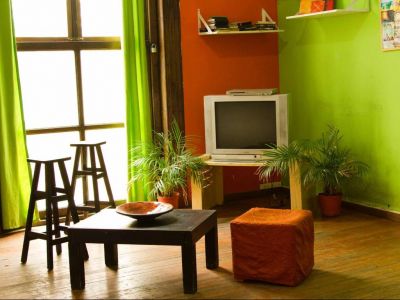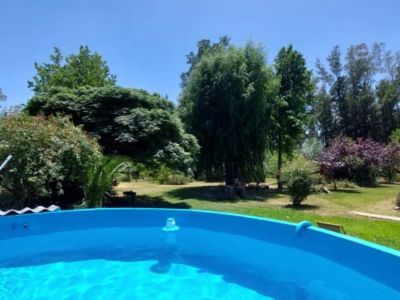A Tour around the Recoleta Cemetery
Though many will not dare to take this kind of tour, visiting cemeteries leads to learning about a logical line of thought unlike the one we are immersed in today. The Recoleta Cemetery invites us to travel back in time.
Thousands of tourists wander around the City of Buenos Aires every day and hundreds gather up at the Recoleta neighborhood. A classic in this place is its cemetery, which enables visitors to understand Argentina from the most unimaginable place, of course with the help of qualified guides. The Recoleta Cemetery has become a well-known necropolis not only because the remains of many celebrities rest there but also due to the complex architecture featured by its inner streets and façades. The most varied sculptural works of different styles and periods may be observed in this site. A clear example of its artistic value is that over seventy of its vaults have been declared National Historical Monument.
Located at 1790, Junín Street, the venue housing the cemetery was sold in several occasions. Its lands were first granted by Juan de Garay in favor of Rodrigo Ortiz de Zárate in 1583. Given the popular name Los Ombués, part of the plot was covered by these trees. Even today, some specimens descending from those plants make up the natural environment. Later on, the lands passed onto the hands of several owners, like Mr. Fernando de Valdez e Inclán and doña Guerrera y Hurtado, who donated part of the plot for a convent to be built. Afterwards, the lands were bought by Juan de Narvona, who ordered to construct a church to honor Our Lady of Pilar, in 1732. Both the church and the convent were managed by recoleto monks. Back then, the dead used to be buried in church or chapel graveyards. However, due to the increase in the population of the City of Buenos Aires, it became necessary to open a cemetery. Thus, under the command of Brigadier General Martín Rodríguez, the recoleto monks were expelled from these lands after a general reform of the ecclesiastic order. Thus, the orchard, the lands next to the church and the convent became the first public cemetery in the country. A controversial decision, the cemetery was finally inaugurated on November 17, 1822 and, in 1881, the president of the municipality (Marcelo Torcuato de Alvear) ordered remodeling works still in force today. Some of the celebrities resting in the venue are Domingo F. Sarmiento, María Eva Duarte de Perón, Luis Federico Leloir and José Hernández. The historical tour provides a different and fascinating view of the past, when the sense and the value of death quite differed from what happens nowadays.
Pablo Etchevers
Eduardo Epifanio
























